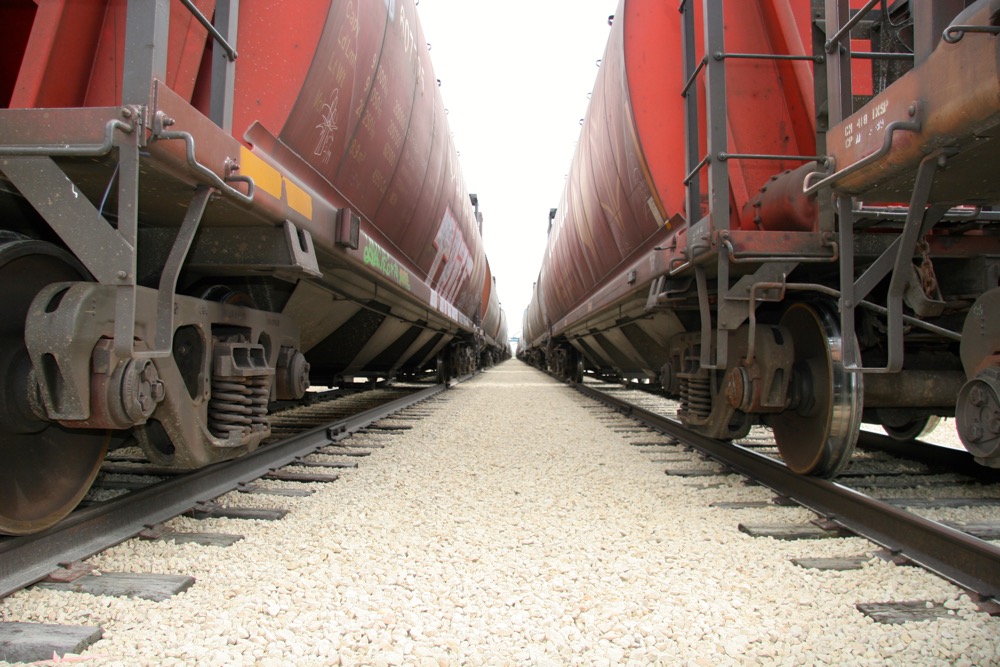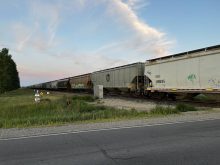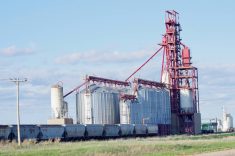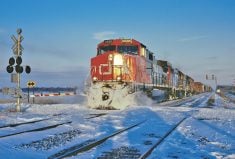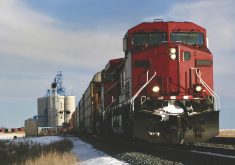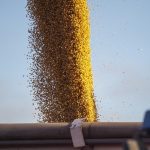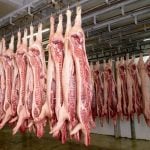Fears are mounting that CN and CP may not be up to the job of getting grain to port later this year, even though the forecasts are for only an average-sized crop.
“Last year wasn’t very reassuring,” said Geoff Backman, manager of business development and markets with Alberta Wheat and Barley. “Every year farmers are assured that railways have the capacity in place to move the crop. But over the last decade, farmers have repeatedly faced failures in rail service.”
That was the case in 2013 and 2014, again in 2017 and 2018, and once more in 2019 and 2020, said Backman. And then in November, extremely heavy rainfall unleashed by an ‘atmospheric river’ caused landslides and washouts on an unprecedented scale in B.C.
Read Also

The long march to autonomy
The big players in the machinery market keep adding pieces towards autonomous vehicles for farming, but how far away is a final product?
“Our concern was the amount of time it took to get back to an acceptable level of service,” said Backman. “By our measurement it was over 20 weeks.”
After problems in 2013 and 2014, Alberta Wheat partnered with other farm groups and grain companies to form the Ag Transport Coalition, which tracks key elements of the system including elevator requests for hopper cars, the percentage of cars delivered and port unloads.
The coalition’s weekly reports over the winter showed that despite drought-lowered grain and oilseed production, CN and CP weren’t able to move the meagre harvest quickly, said Backman.

“Over the last year, this program showed the smaller crop from the drought ended up sitting in elevators,” he said. “We start getting concerned if the railways can’t hit 80 per cent of the weekly demand for movement. And that’s because farmers grow grain to sell.”
When elevators fill up, farmers can’t deliver grain even when they have delivery contracts. That can cause severe cashflow problems, he noted.
“In fact, with some of those previous disruptions, farmers had to take additional operating loans to cover the bills while rail service recovered,” said Backman. “And that just added additional financial hardship. This is a major concern for us.”
In a statement, CN Rail cited the washouts on its line through B.C. as well as long periods of extremely cold temperatures and heavy snowfall last winter.
“Recovery took time and effort,” the railway said in its statement. “Once winter conditions improved, CN saw steady improvement in car order fulfilment through the month of February to the point that by early March we were current to demand on grain.
“In CN’s latest quarterly results call, our executive leadership reiterated their commitment to moving grain, as well as the importance of being ready for a return to normal crop production levels.”
That’s going to be a must as farmers harvest what is being called (thanks to soaring fertilizer and other input costs) the most expensive crop they’ve ever planted, said Backman.
“We need the railways to get their house in order and be prepared to reliably move this year’s crop.”
Agriculture wasn’t the only industry dissatisfied with Canada’s rail service in 2021, he added. As a result, Transport Canada launched the National Supply Chain Task Force, which is expected to soon make recommendations to improve the reliability of Canada’s rail system.
“There is significant interest from multiple groups in seeing the railways do a better job than they did last year,” Backman said, noting there were some weeks when rail service was only meeting 50 per cent of railcar demand.
“And we’re all hoping they’re ready, because last year was not a year to instill confidence.”
On the plus side, the railways are hiring to ensure they have enough crews to operate trains, said Backman, noting both companies faced COVID-related problems around staffing.
“We are glad to see they are actively recruiting and we are hopeful they are ready to go at harvest.”
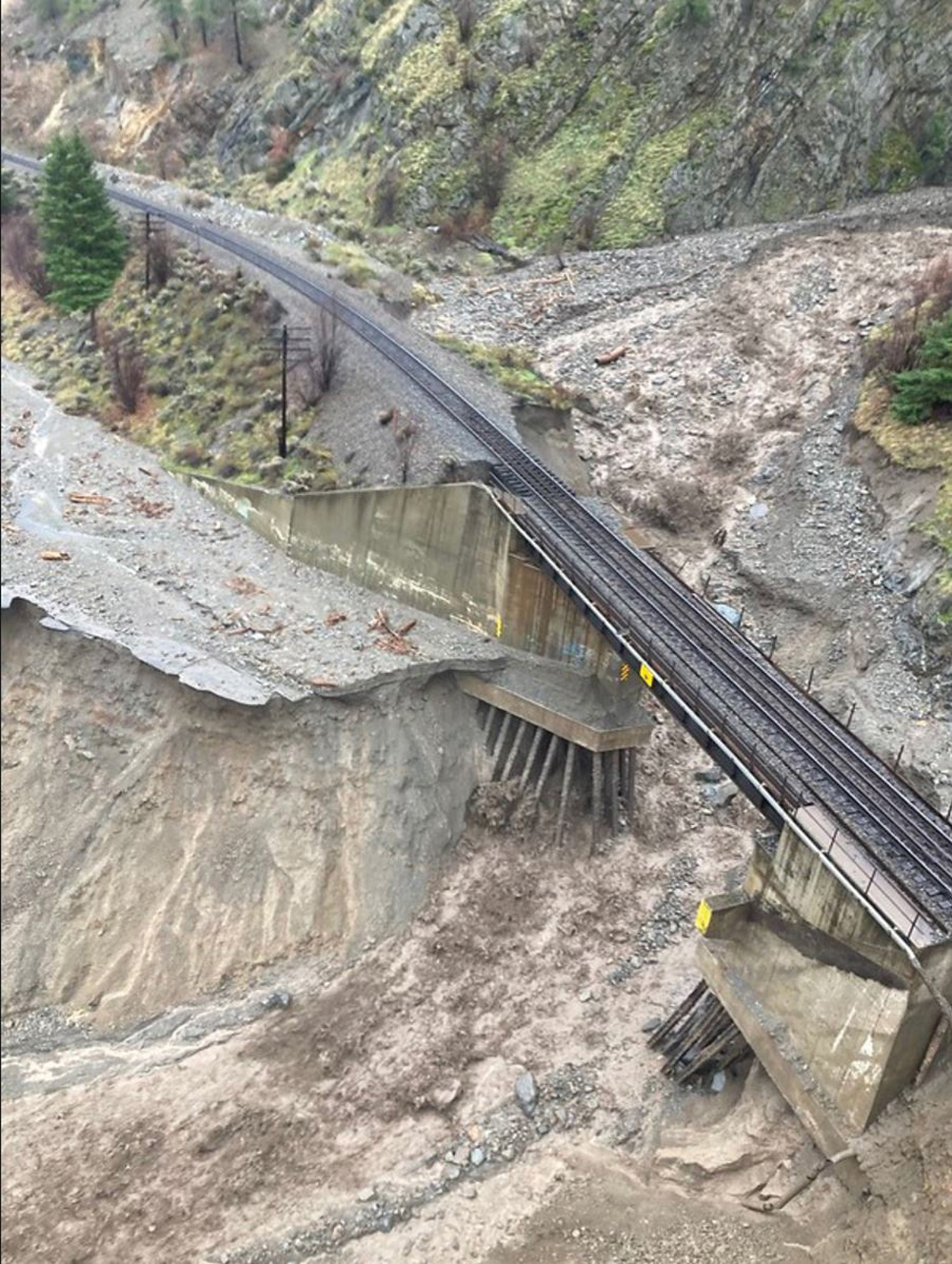
In a statement, CP Rail said it moved record amounts of Canadian grain in each of the four previous crop years prior to last year. It also pointed to significant capital investments, including $500 million spent on new high-capacity hopper cars.
The shorter, fatter cars carry 15 per cent more grain and when coupled with new higher-efficiency product (HEP) 8,500-foot trains, the volume of grain carried by a unit train increases by 44 per cent.
“By the end of 2022, CP expects more than 40 per cent of the elevators we serve will be loading 8,500-foot HEP trains,” the railway said. “CP is once again well-positioned to meet the transportation needs of our grain customers and the broader Canadian economy during the upcoming 2022-23 crop year.”
Canadian railways aren’t the only potential culprits holding up grain shipments, said Chris Vervaet, executive director of the Canadian Oilseed Processing Association. Poor American rail service is also an issue, he said, noting most of Canada’s canola oil and meal is destined for U.S. markets.
“It’s very inconsistent,” he said. “If we see or find ourselves in a situation where our Class 1 railways in Canada, where our product originates, and they pass the product over to a U.S. carrier and the service is bad on both sides of the border, that gives us a really heightened level of nervousness. We can’t have Class 1 railways in the entire continent fall down. That would be an absolute disaster.”
There are seven Class 1 freight railways in North America: CP Rail, CN Rail and five American ones, with CP and Kansas City Southern in the process of merging.
Vervaet is also anticipating an average crop this year.
But with the anticipation comes anxiety about the railways’ readiness to move canola, he said. Railways will also need to transport a lot of crude oil, which is a hot commodity given current prices.
“We are looking forward to seeing what their grain plan looks like,” he said. “I really hope they have some concrete plans that can hopefully address some of our issues and some of our questions about whether they’re going to be ready to move this crop.”
CP and CN are a duopoly that in some cases functions as a monopoly with processing facilities and grain elevators, said Vervaet, adding government needs to implement regulations that bring balance between monopoly powers and grain companies.
“There’s always room for the government to do more,” he said.

